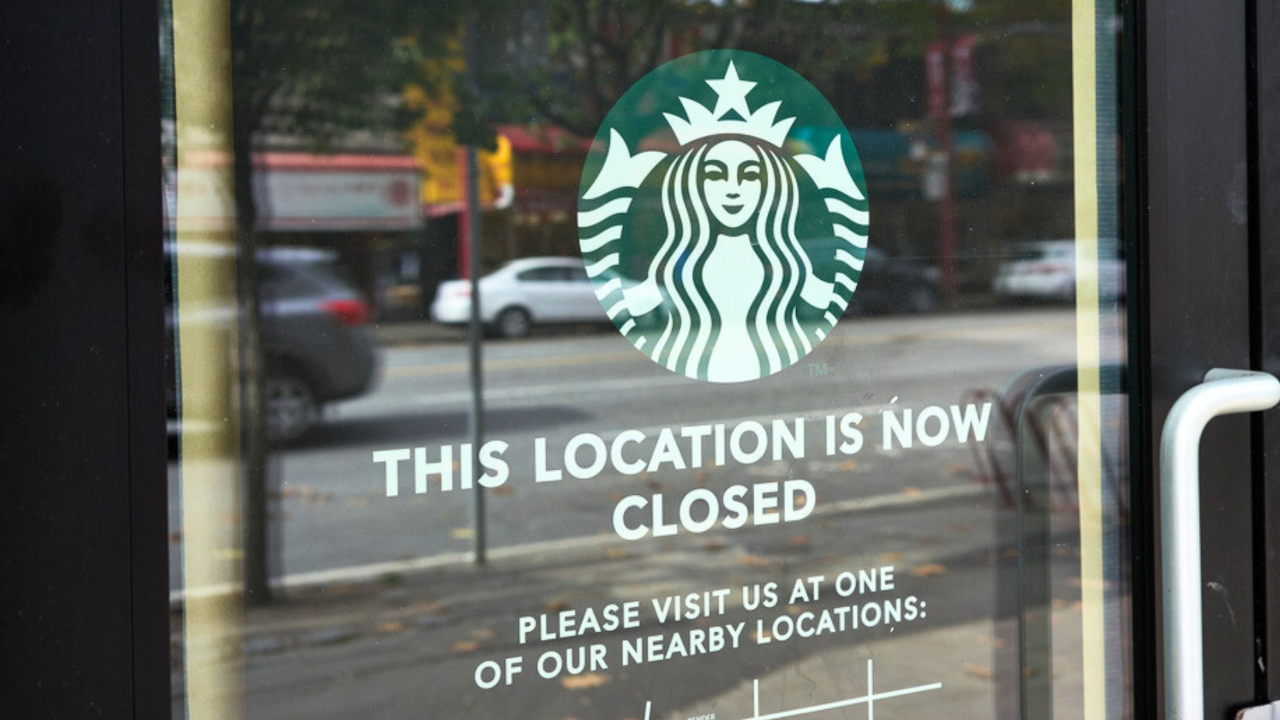
Baristas at Starbucks’ Culver City location (10601 Washington Blvd) poured their last cups on September 27, 2025, unaware the store would close the next morning. When customers arrived on September 28, doors were locked, and a notice cited operational restructuring.
Corporate said the closures target stores “unable to create the physical environment our customers and partners expect” or lacking financial viability. “This is part of a larger portfolio review to refocus resources,” a Starbucks spokesperson explained.
With 568 U.S. locations affected—the largest shutdown in company history—what will this mean for employees and the communities these stores serve?
Holes in the Map Where Coffee Used to Flow
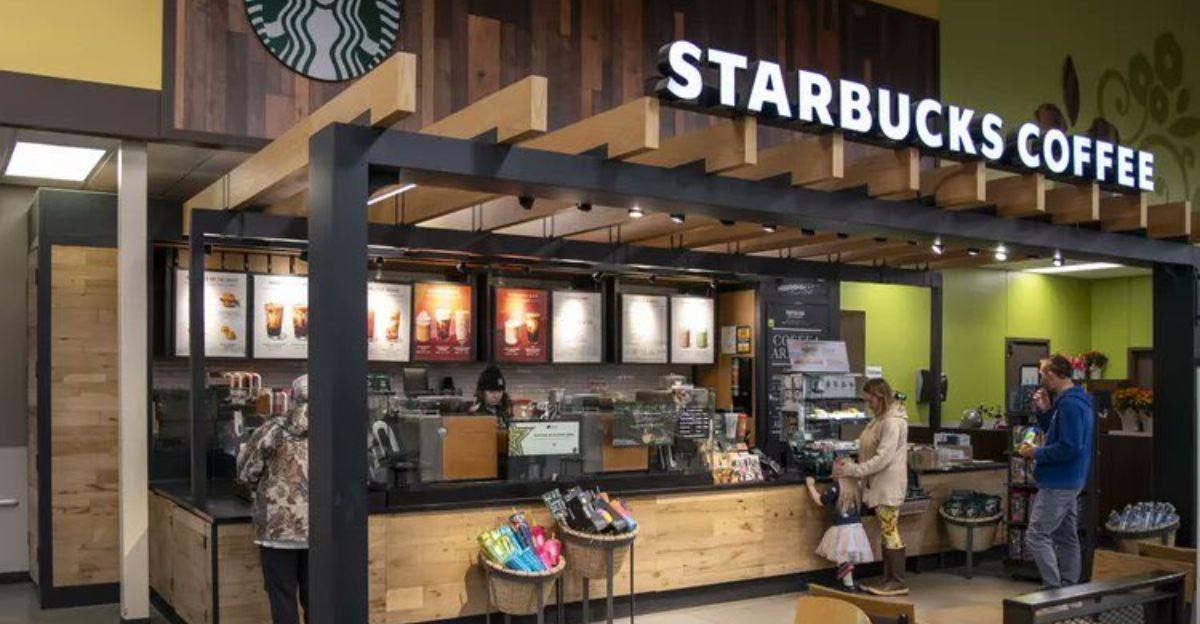
Starbucks’ closures left noticeable gaps across 43 U.S. states plus Washington D.C., from Manhattan high-rises to suburban Virginia shopping centers. Customers arriving for their usual coffee found locked doors and empty storefronts without prior notice.
Corporate called it part of the “Back to Starbucks” initiative—a portfolio review targeting underperforming locations.
More Than Bean Counting
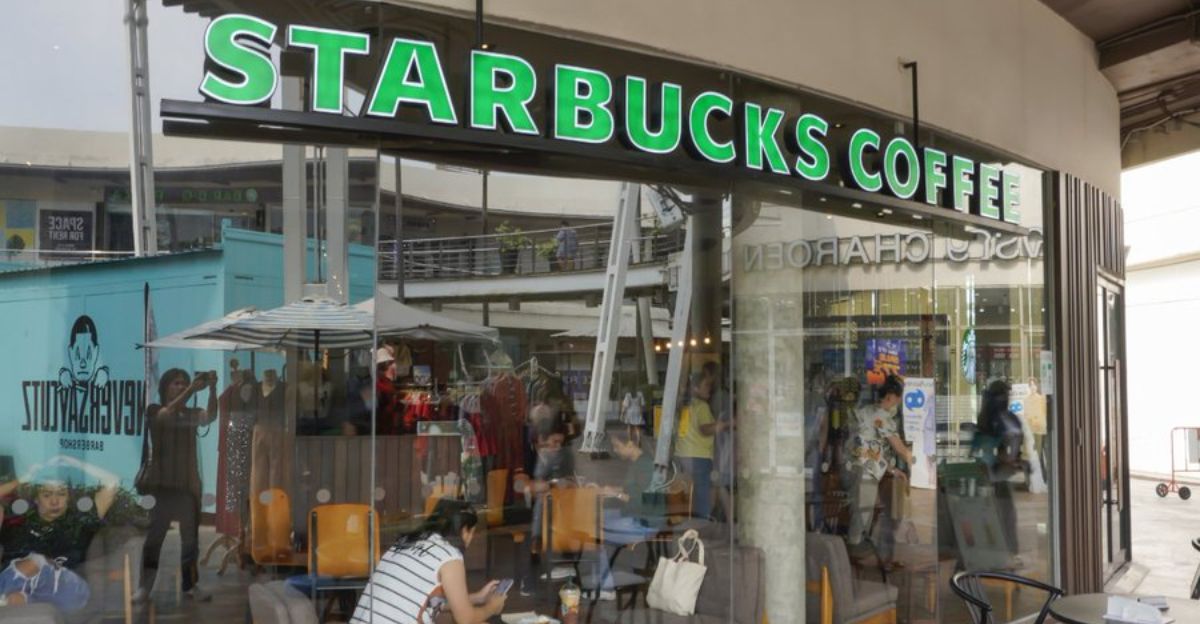
The 568 store closures represent a 1% contraction in Starbucks’ North American footprint, halting decades of rapid expansion. The company still expects to end fiscal 2025 with roughly 18,300 locations across the U.S. and Canada and resume growth next year.
Some markets faced double-digit impacts: Washington D.C. lost 20.8% of stores, South Dakota 14.8%, Montana 12%, New York 8.6%, and Washington state 8.5%. Urban, suburban, and rural customers alike must adjust routines, raising questions about how daily habits and loyalty programs will shift.
When The Coffeehouse Palace Fails
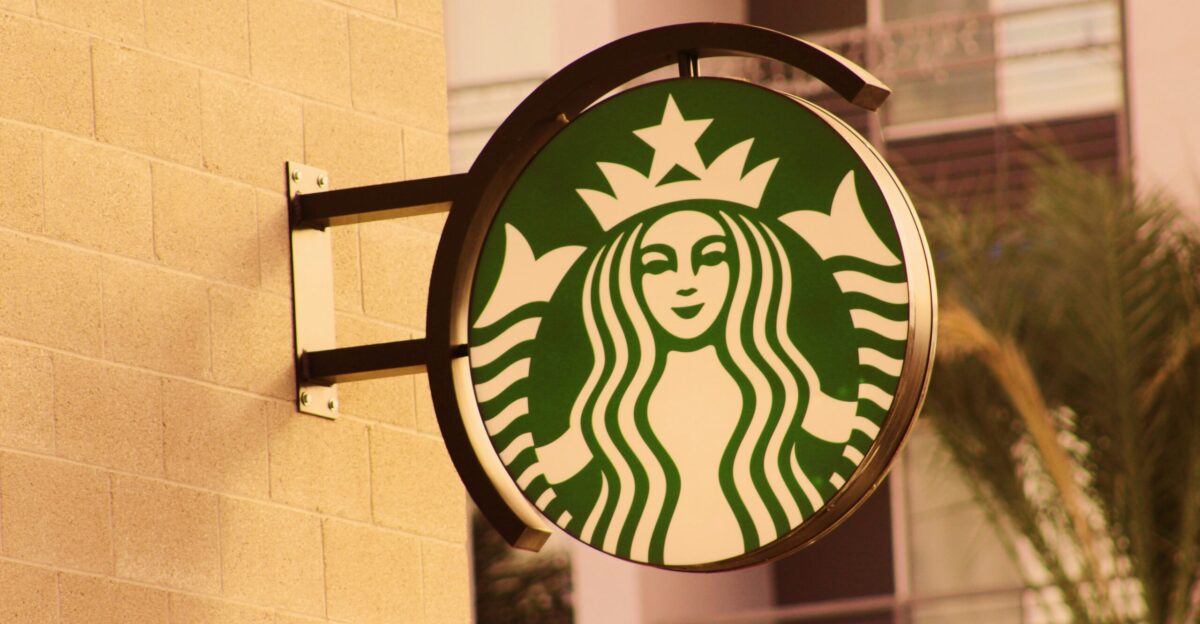
Starbucks cited two main closure reasons: stores unable to maintain the welcoming “coffeehouse feel” central to the brand, and locations with no path to financial sustainability. Employees reported operational struggles, particularly in older stores from the 1990s expansion.
CEO Brian Niccol said on September 25, “During the review, we identified coffeehouses where we’re unable to create the physical environment our customers and partners expect, or where we don’t see a path to financial performance, and these locations will be closed.”
So, Which U.S. Starbucks Locations Closed?
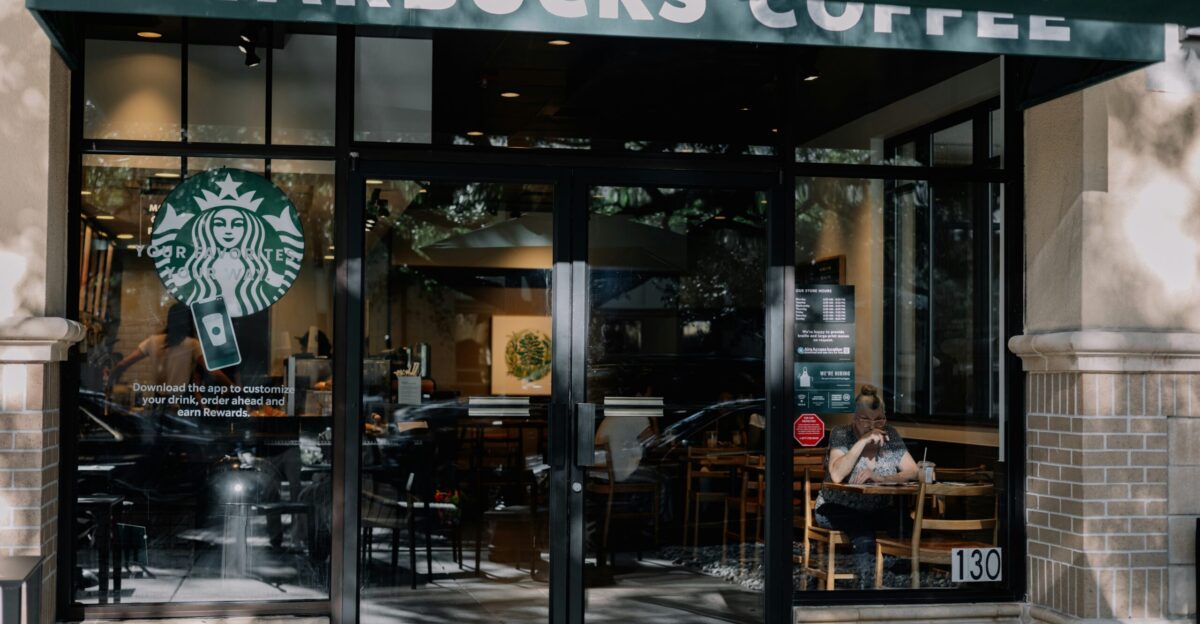
Starbucks’ largest-ever U.S. closure affects 505 stores across the country. From iconic city hotspots and tourist destinations to university campuses and suburban centers, no region is untouched. Let’s break down the closures state by state to see exactly which locations have been shuttered and how these cuts reshape Starbucks’ national footprint.
1: West Coast Devastation – 196 Stores
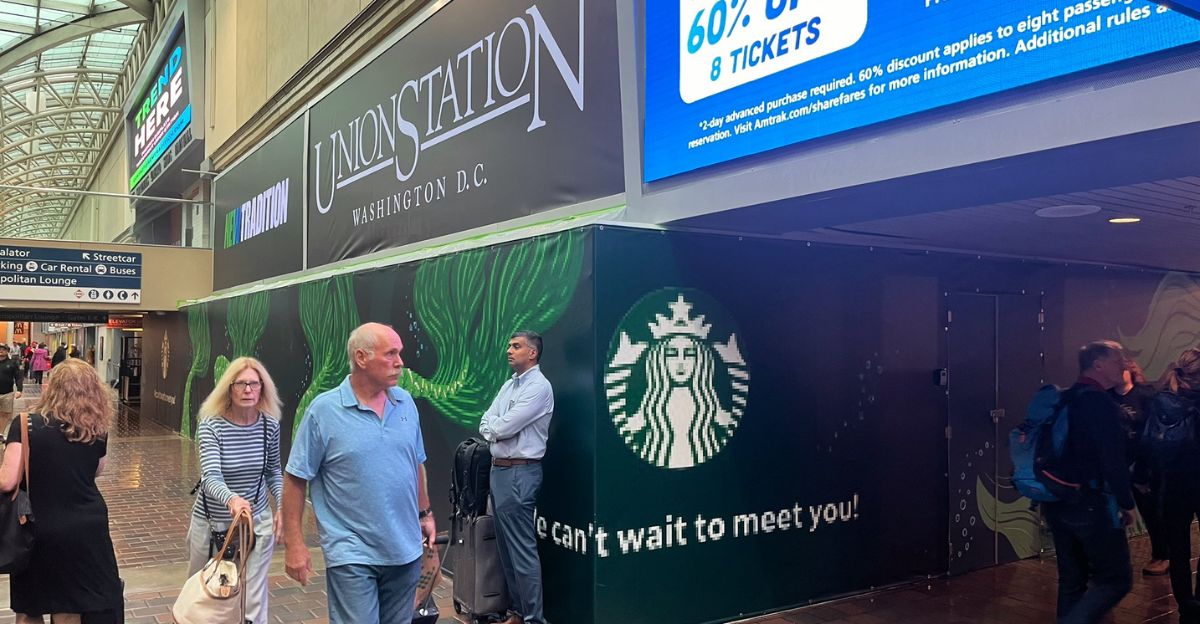
California led with 155 closures, hitting Southern California, Northern California, and the Central Coast. Iconic locations like Venice Beach Boardwalk, Downtown LA, San Francisco’s Union Square, and Stanford-adjacent Palo Alto stores closed.
Washington lost 33 stores, including Seattle Reserve Roastery, Capitol Hill, and Eastside suburbs. Oregon added 8 closures, mainly in Portland. Coastal and urban hubs bore the brunt of the cuts, reflecting high rents and aging store footprints.
2: Southern California Spotlight
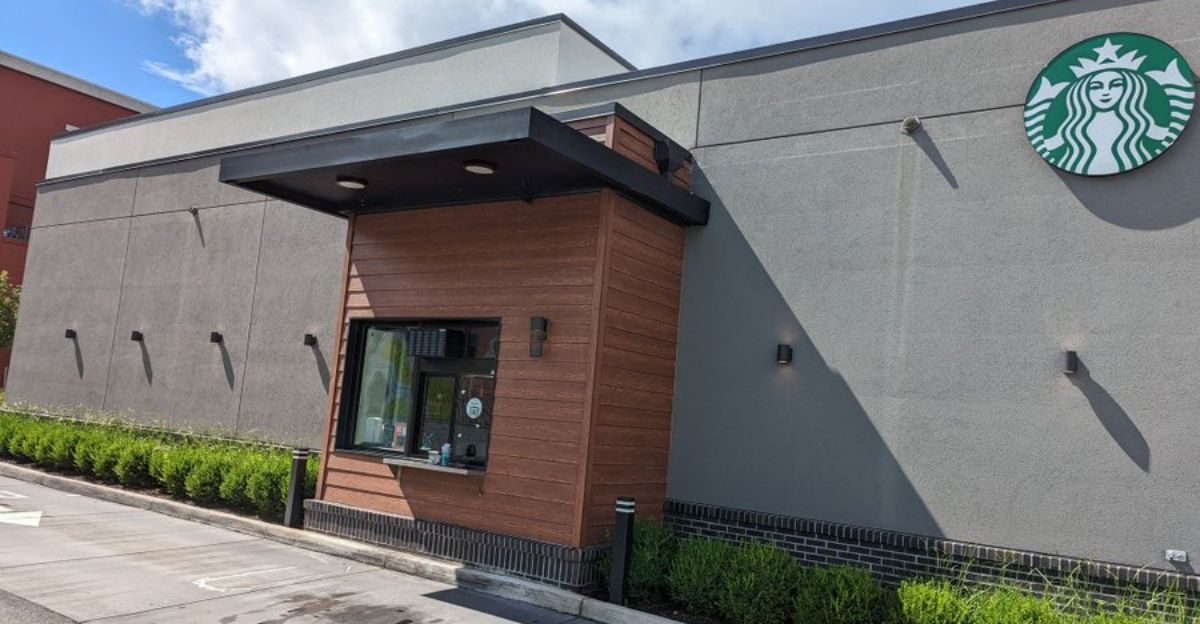
Los Angeles County lost 20+ stores across Culver City, West Hollywood, Venice Beach, and Downtown LA. Orange County closures hit Irvine, Newport Beach, Huntington Beach, and Anaheim. San Diego County saw closures in Downtown, La Jolla, and Pacific Beach.
Inland Empire locations like Riverside, San Bernardino, and Temecula also closed. High-tourism areas and suburban shopping centers were impacted, leaving many communities without nearby Starbucks access.
3: Northern California & Bay Area Cuts
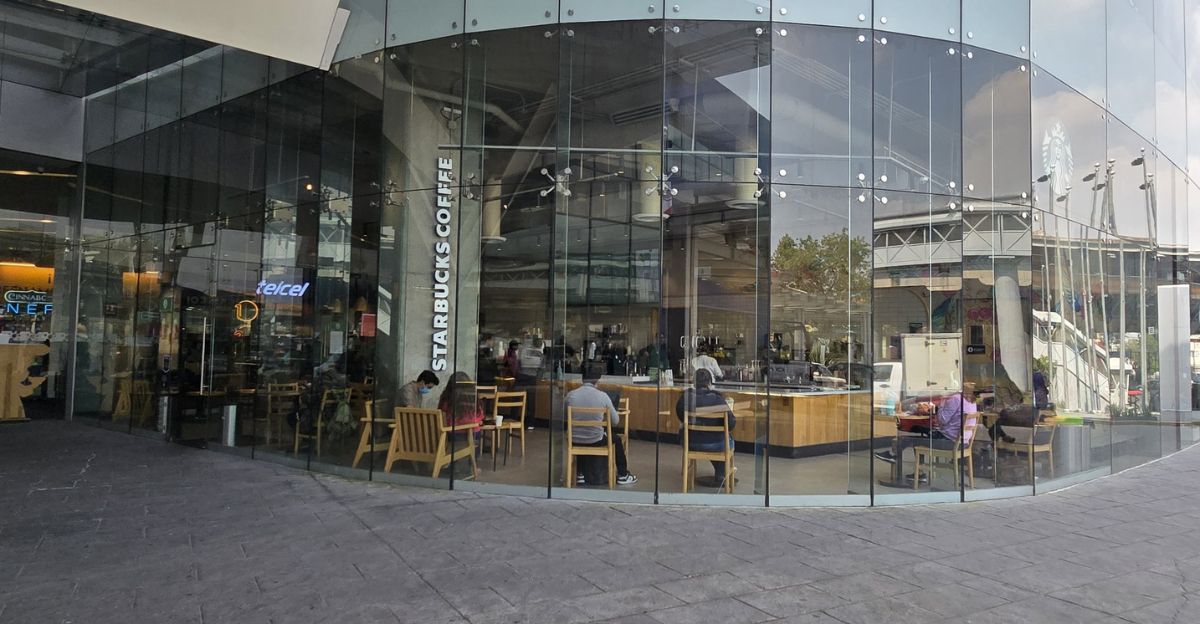
San Francisco Bay Area lost 50+ stores, including Financial District, Union Square, SOMA, and Mission District. East Bay closures hit Oakland, Berkeley, Alameda, and Walnut Creek. Peninsula and South Bay lost stores in San Jose, Palo Alto, Mountain View, and Sunnyvale.
Sacramento, Wine Country, and Central Coast towns like Santa Barbara, Monterey, and Carmel were also affected. Urban density and high rents drove closures even outside major metro cores.
4: Southwest & Mountain West – 56 Stores
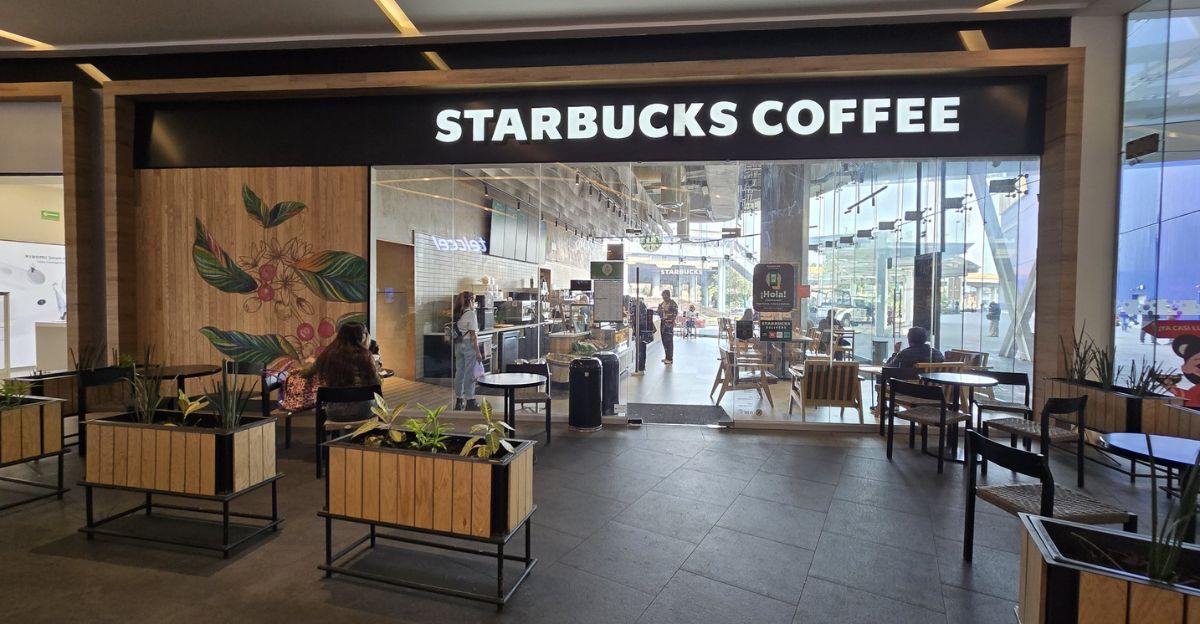
Arizona lost 11 stores in Phoenix, Scottsdale, Tempe, and Tucson. Colorado closed 11 stores, concentrated in Denver, Boulder, Fort Collins, and resort towns like Vail. Nevada lost 5, including Las Vegas Strip and Downtown. Smaller closures occurred in New Mexico, Utah, Idaho, Wyoming, Montana, South Dakota, and North Dakota.
These closures highlight pressures in tourist-heavy, university, and resort towns, as well as smaller Mountain West markets.
5: Texas & Southern States – 77 Stores
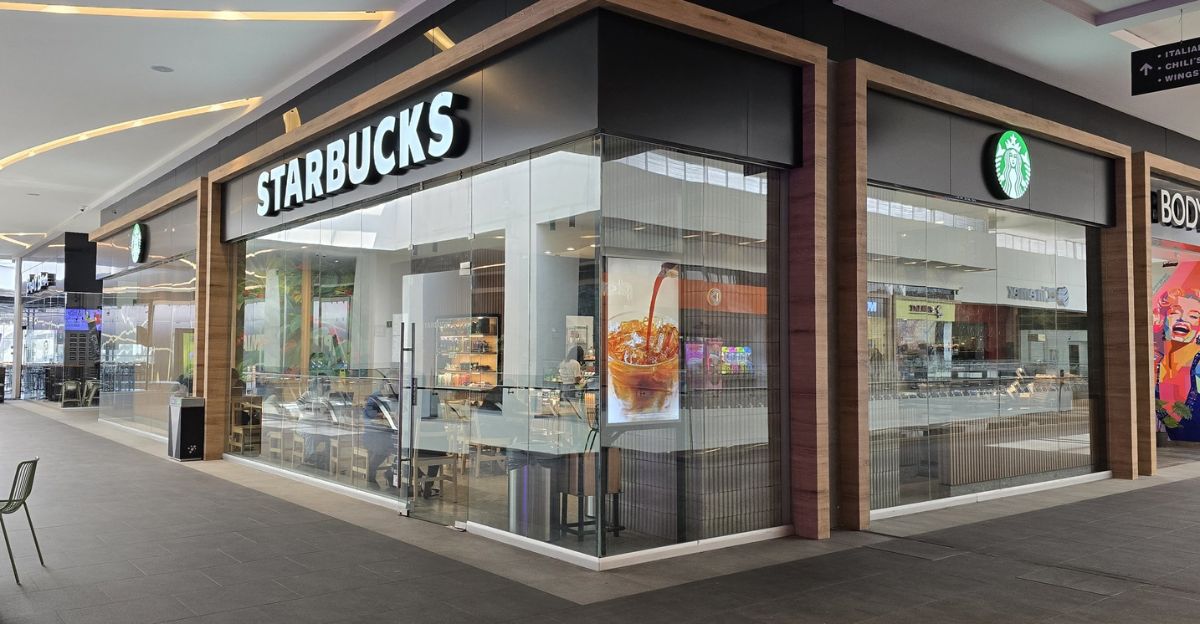
Texas lost 27 stores across Houston, Dallas-Fort Worth, Austin, and San Antonio, including downtown and key suburban areas. Florida closed 22, with Miami, Orlando, Tampa, and Jacksonville impacted. Georgia and North Carolina each lost 6 stores.
Smaller southern markets also felt cuts: Tennessee, Louisiana, Alabama, Mississippi, Arkansas, Oklahoma, South Carolina, Kentucky, and West Virginia. High-traffic urban centers and tourist corridors drove most closures.
6: Midwest Hit Hard – 80 Stores
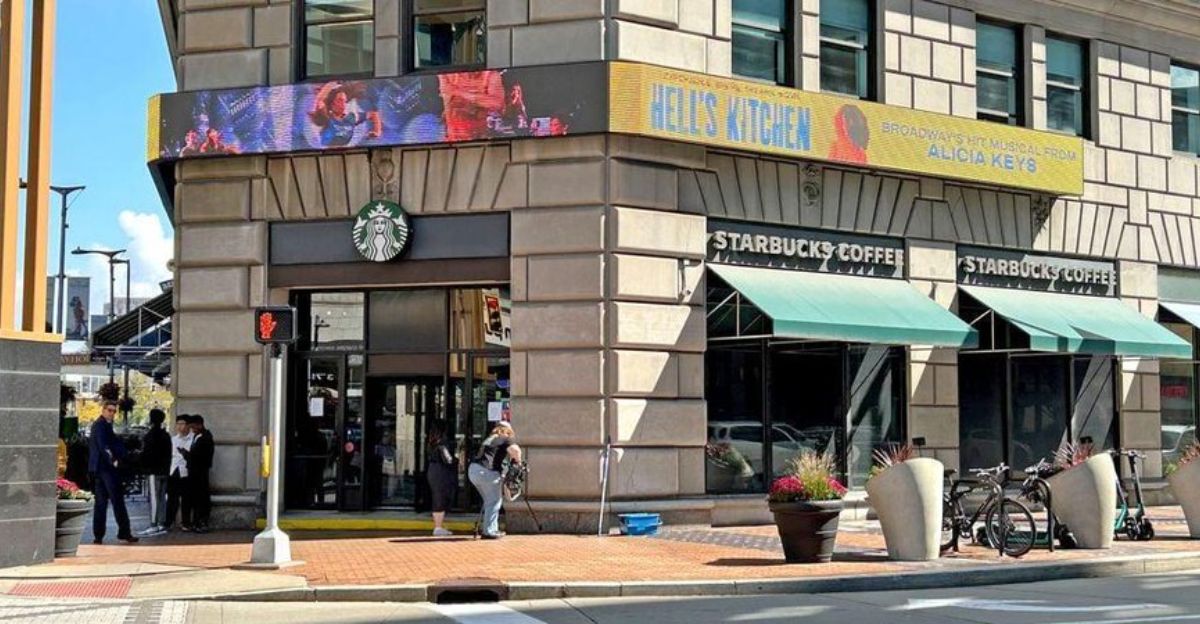
Illinois led Midwest closures with 18, mainly in Chicago’s Loop, Lincoln Park, River North, and suburbs like Oak Park. Ohio lost 15 stores across Cleveland, Columbus, and Cincinnati. Michigan closed 7, mostly in Detroit metro and Ann Arbor.
Minnesota, Wisconsin, Indiana, Missouri, and Iowa also recorded closures. Aging store bases, downtown rents, and high-cost suburban locations were key factors behind the Midwest shrinkage.
7: Northeast Corridor & Mid-Atlantic – 110 Stores
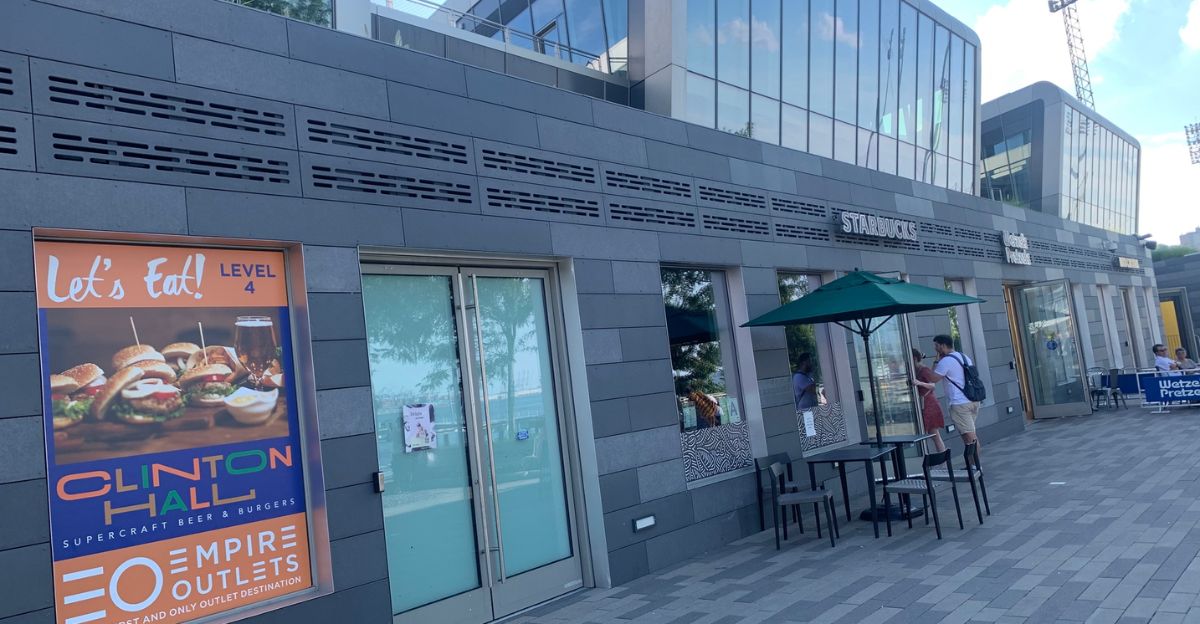
New York accounted for 48 closures, with Manhattan losing 25 across Midtown, Downtown, Upper East/West Side, and Financial District. Brooklyn, Queens, Bronx, and Staten Island closures spread across key neighborhoods.
Other states lost stores too: Pennsylvania 14, Massachusetts 12, Washington D.C. 10, Virginia 9, New Jersey 5, Maryland 3, Connecticut 3, Rhode Island 2, Delaware 1, New Hampshire 1, Vermont 1, Maine 1. Densely populated metros faced the most impact.
8: Hawaii & Alaska – 3 Stores
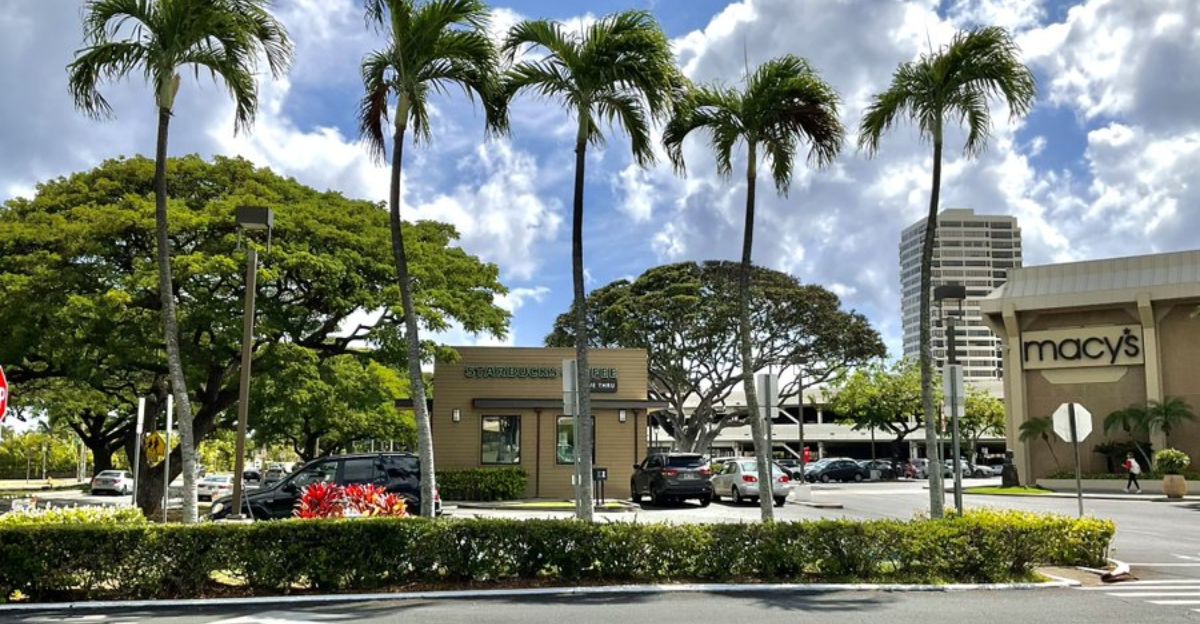
Hawaii lost 2 stores in Honolulu and possibly Maui or Kauai. Alaska’s single closure hit downtown Anchorage.
While a small fraction of U.S. closures, these cuts show no market was exempt, including remote or island communities. Even minimal closures reflected careful evaluation of location performance and operational viability.
Starbucks in Canada—Where the Closures Hit Hard
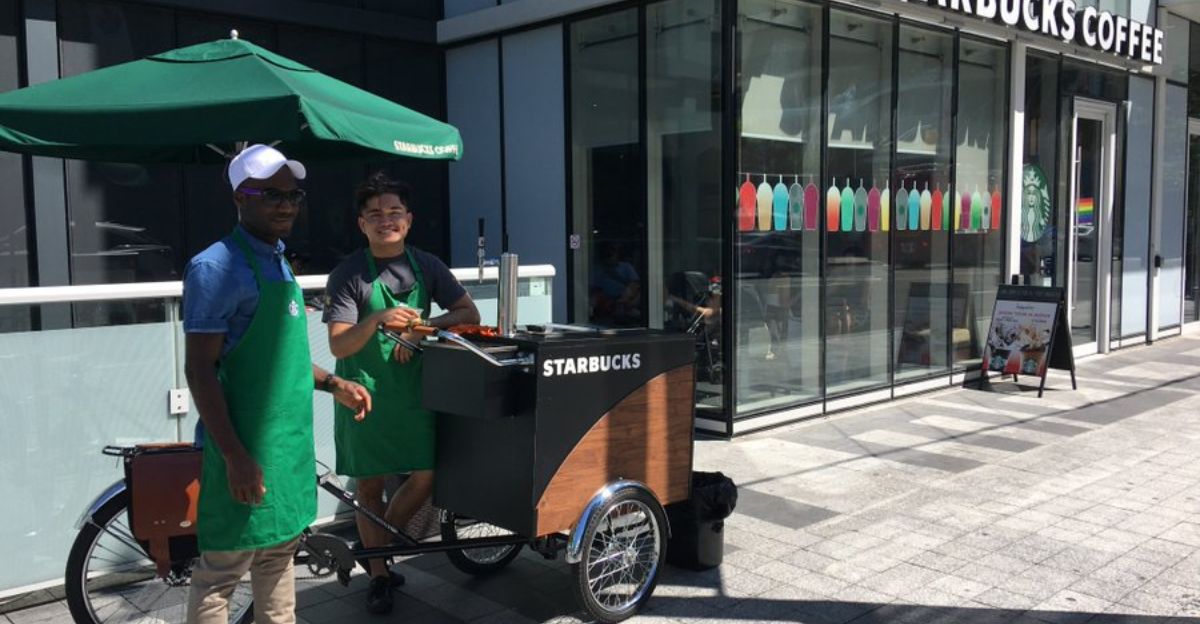
Canada lost 63 Starbucks across five provinces, with Ontario hardest hit (36 stores, mostly Toronto/GTA). A weaker Canadian dollar, high labor and rent costs, remote work, and competition from Tim Hortons and local cafés compounded closures.
Proportionally, Canada’s closure rate—4.2% of its ~1,500 stores—nearly doubles the U.S. rate, showing the continental scale of Starbucks’ retrenchment.
Can Upgraded Stores Save Starbucks?
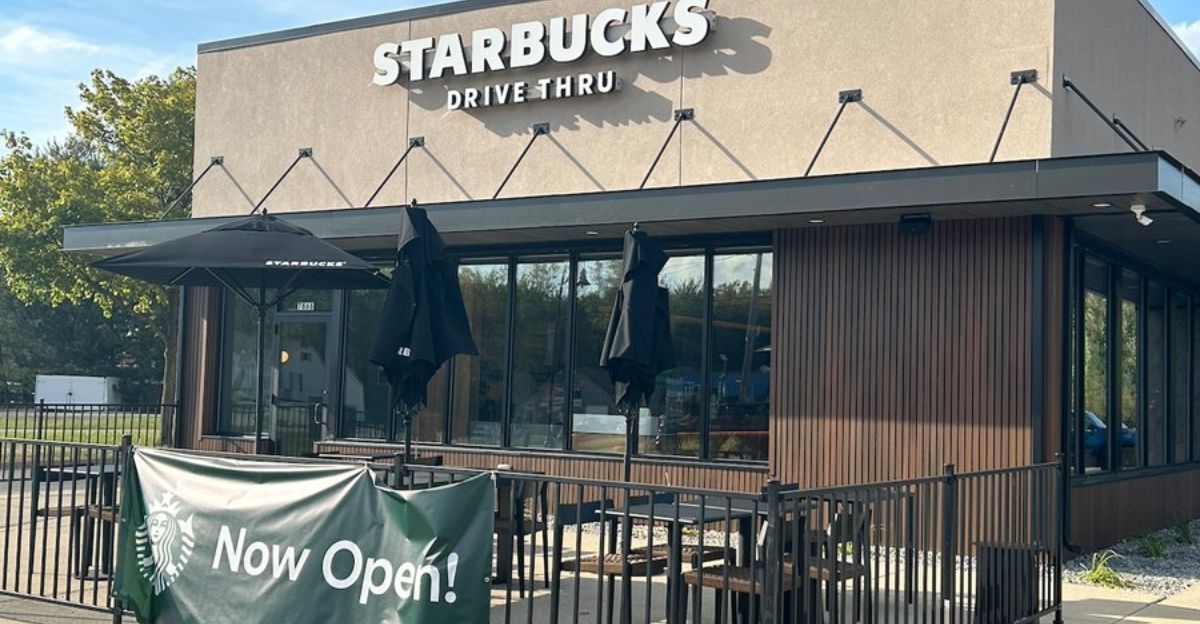
Starbucks plans to revamp 1,000+ locations with design and operational upgrades—comfy seating, ceramic mugs, self-serve bars, simplified menu, and faster service—under CEO Brian Niccol’s “Back to Starbucks” strategy.
Analysts worry cosmetic changes can’t reverse six quarters of declining sales. Small, seasonal, or remote-work-hit locations remain vulnerable, making the $350M investment a high-stakes bet with uncertain returns.
Starbucks’ North American Shakeup – What It Means
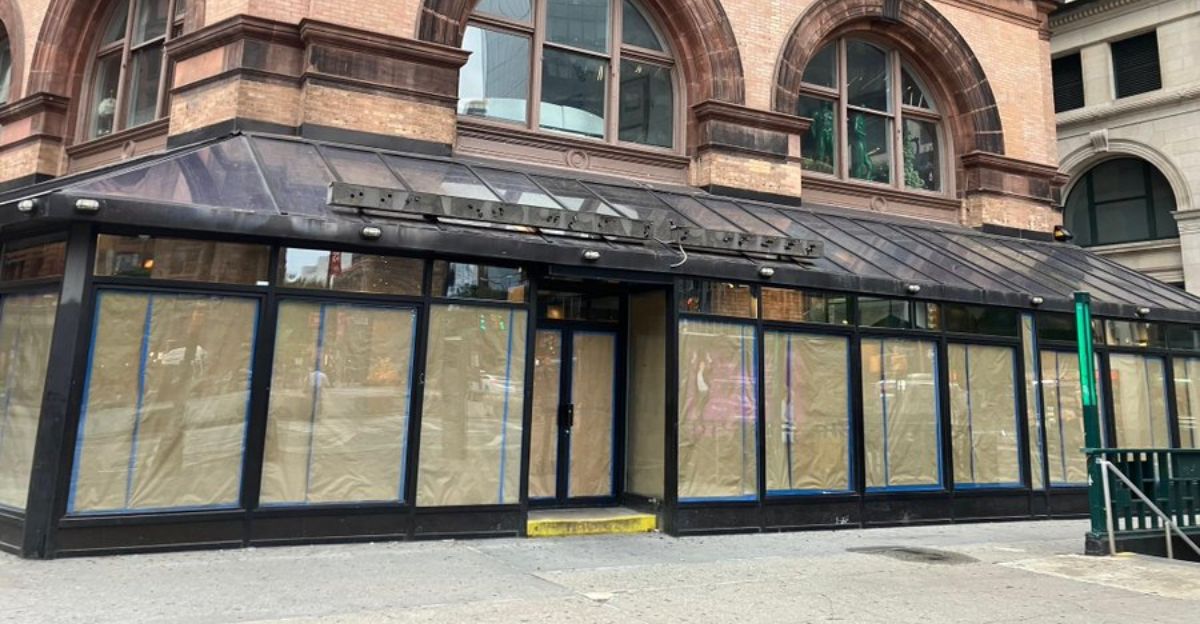
Starbucks’ 568 North American closures—505 U.S., 63 Canada—reveal a mix of structural shifts, economic pressures, and over-saturation. Canada hit proportionally harder (4.2% vs. 2.5% U.S.), urban cores like Toronto and NYC hardest.
CEO Niccol’s 1,000-store upgrade plan aims to revive flagship locations, but widespread closures, remote work, competition, and price sensitivity signal a difficult road ahead. The brand’s future depends on execution and market response.